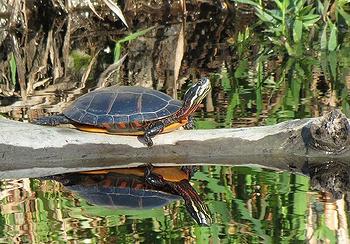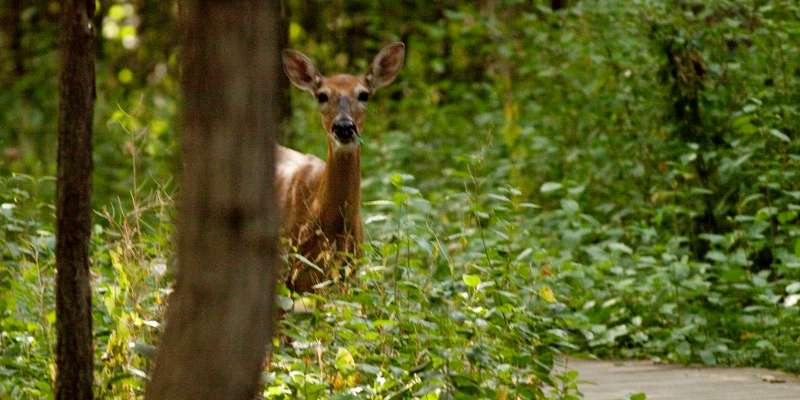Amazing Facts about the Bird of Paradise Plant Species.
The scientific name of this plant is Strelitzia, pronounced STRE-lit-see-a.
The plant was named for Queen Charlotte, wife of King George III. She was of the House of Mecklenburg – Strelitzia.
The Bird of Paradise, as it is commonly known, is a tropical herb. It has large oval leaves on long stems. The flowers of the plant are blue and orange and resemble an exotic bird in flight
It belongs to the banana family.
Bird of Paradise blooms from September to the end of May.
- The long blue tongue is the female part of the flower.
Bird of Paradise will thrive in most soils, but fertile loam is best. Soil must be well drained. - Over watering will cause root rot.
The most flowers are produced along the plant’s periphery.
- It takes 3 to 5 years to grow a Bird of Paradise plant from seed.Seeds must be soaked in water and nicked in order to germinate because the shell of the seed is extremely hard.
- Bird of Paradise plants are usually pest free. Check for aphids on occasion.
- Though Bird of Paradise is a tropical plant, it can withstand temperatures as low as 24 degrees Fahrenheit, though flowers and buds will be damaged.
- Bird of Paradise is grown commercially in California and Hawaii.
Bird-of-paradise:
The birds-of-paradise are members of the family Paradisaeidae of the order Passeriformes. The majority of species in this family are found in Papua New Guinea, Indonesian Papua (Papua and Irian Jaya Province) and its satellites, with a few species occurring in the Maluku Islands and eastern Australia. The family has forty-one species in 14 genera.[1] The members of this family are perhaps best known for the plumage of the males of the sexually dimorphic species (the majority), in particular the highly elongated and elaborate feathers extending from the beak, wings, tail or head. For the most part they are confined to dense rainforest habitat. The diet of all species is dominated by fruit and to a lesser extent arthropods. The birds-of-paradise have a variety of breeding systems, ranging from monogamy to lek-type polygamy.
The family is of cultural importance to the inhabitants of New Guinea. The trade in skins and feathers of the birds-of-paradise has been going on for two thousand years. The birds have also been of considerable interest to Western collectors, ornithologists and writers. A number of species are threatened by hunting and habitat loss.
Taxonomy and systematics:
For many years the birds-of-paradise were treated as being closely related to the bowerbirds. Today while both are treated as being part of the Australasian lineage Corvida, the two are now only thought to be distantly related. The closest evolutionary relatives of the birds-of-paradise are the crow and jay family Corvidae, the monarch flycatchers Monarchidae and the Australian mudnesters Struthideidae.
A 2009 study examining the mitochondrial DNA of all species to examine the relationships within the family and to its nearest relatives estimated that the family emerged 24 million years ago, older than previous estimates. The study identified five clades within the family, and placed the split between the first clade, which contains the monogamous manucodes and Paradise-crow, and all the other birds-of-paradise, to be 10 million years ago. The second clade includes the parotias and the King of Saxony Bird-of-paradise. The third clade provisionally contains a number of genera, Seleucidis, the Drepanornis sicklebills, Semioptera, Ptiloris and Lophorina, but support values for some of these is inclusions is low. The fourth clade includes the Epimachus sicklebills, Paradigalla and the astrapias. The final clade includes the Cicinnurus and the Paradisaea birds-of-paradise.
The exact limits of the family have been the subject of revision as well. The three species of satinbird (the genera Cnemophilus and Loboparadisea) were treated as a subfamily of the birds-of-paradise, Cnemophilinae. In spite of differences in the mouth, foot morphology and nesting habits they remained in the family until a 2000 study moved them to a separate family closer to the berrypeckers and longbills (Melanocharitidae). The same study found that the Macgregor's Bird-of-paradise was actually a member of the large Australasian honeyeater family. In addition to these three species, a number of systematically enigmatic species and genera have been considered potential members of this family. The two species in the genus Melampitta, also from New Guinea, have been linked with the birds-of-paradise, but their relationships remain uncertain, more recently being linked with the Australian mudnesters. The Silktail of Fiji has been linked with the birds-of-paradise many times since its discovery, but never formally assigned to the family. Recent molecular evidence now places the species with the fantails.
 RSS Feed
RSS Feed Twitter
Twitter




 11:06
11:06
 Environment Places
Environment Places























